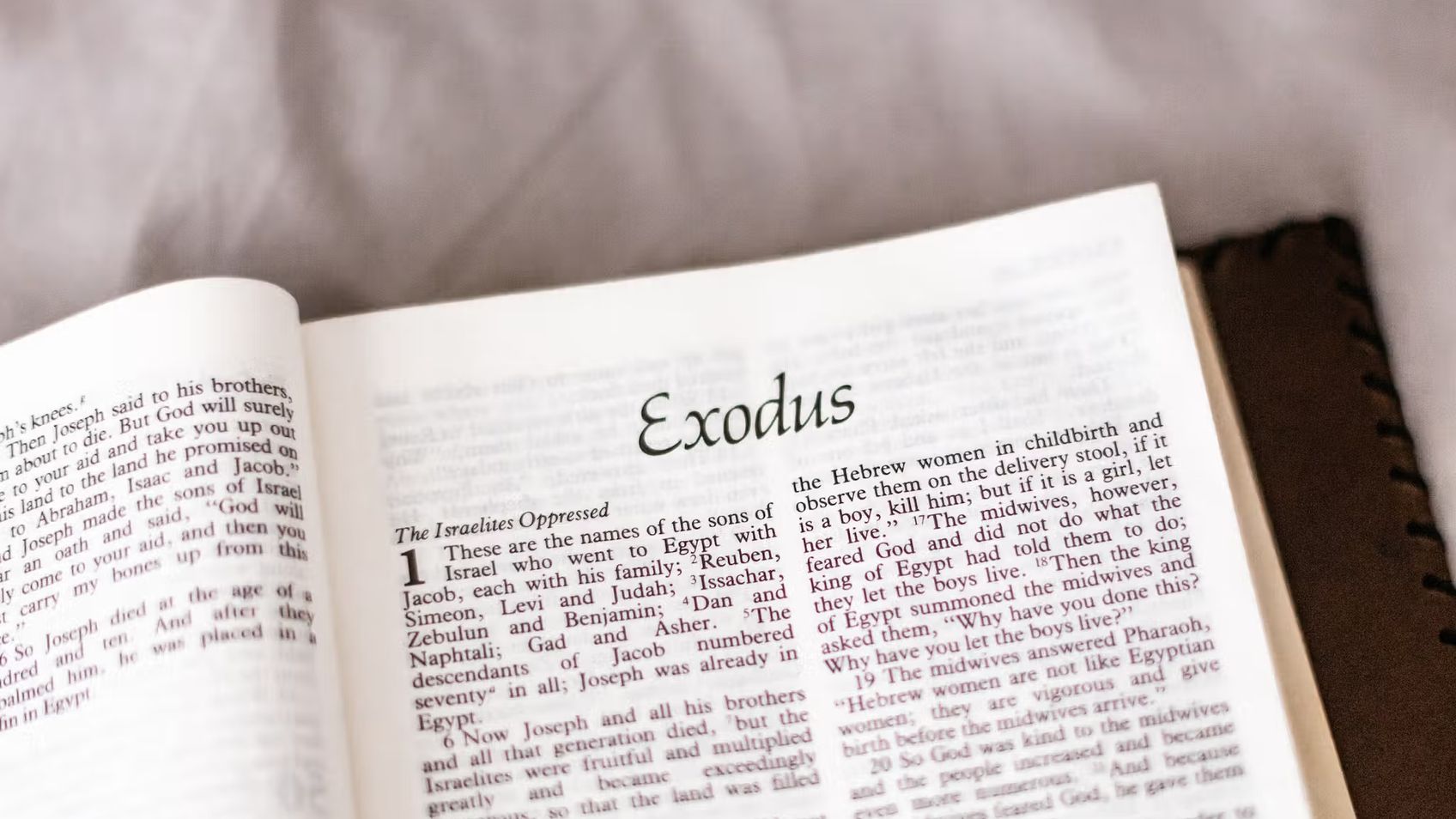
Exodus Tabernacle Meaning (Part 1)
Exodus — Steve GreggNext in this series
Exodus Tabernacle Meaning (Part 2)
Exodus Tabernacle Meaning (Part 1)

ExodusSteve Gregg
This passage discusses the meaning and symbolism behind the Exodus Tabernacle, which was a portable worship space used by the Israelites during their time in the desert. The Tabernacle is described as having multiple components, including an outer courtyard, an inner sanctuary, and a veil separating the two. The various materials and colors used in the Tabernacle are explained to have symbolic significance, with Christian commentators often linking them to Christ's deity, humanity, and royalty. The ultimate significance of the Tabernacle is seen to be its representation of the progressive journey towards fellowship with God.
More from Exodus
23 of 25
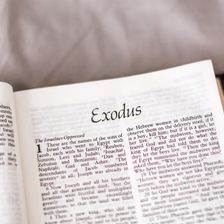
Next in this series
Exodus Tabernacle Meaning (Part 2)
Exodus
The Tabernacle in Exodus had many different elements that held spiritual significance, such as the walls made of boards, the showbread, and the altar
24 of 25

Exodus Offerings
Exodus
In Exodus, the people of Israel showed eagerness to contribute to the building of the tabernacle, giving both free will and mandatory offerings to sup
21 of 25

Exodus Tabernacle Overview
Exodus
The Exodus Tabernacle served as a portable dwelling place for God among the Israelites and was a significant undertaking constructed from donated mate
Series by Steve Gregg
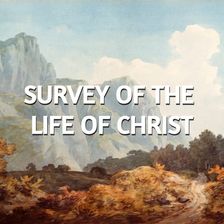
Survey of the Life of Christ
Steve Gregg's 9-part series explores various aspects of Jesus' life and teachings, including his genealogy, ministry, opposition, popularity, pre-exis
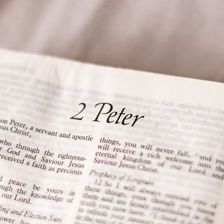
2 Peter
This series features Steve Gregg teaching verse by verse through the book of 2 Peter, exploring topics such as false prophets, the importance of godli

Cultivating Christian Character
Steve Gregg's lecture series focuses on cultivating holiness and Christian character, emphasizing the need to have God's character and to walk in the
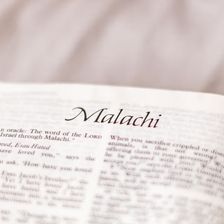
Malachi
Steve Gregg's in-depth exploration of the book of Malachi provides insight into why the Israelites were not prospering, discusses God's election, and
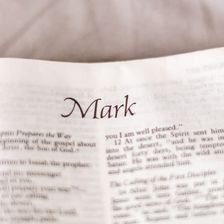
Gospel of Mark
Steve Gregg teaches verse by verse through the Gospel of Mark.
The Narrow Path is the radio and internet ministry of Steve Gregg, a servant Bible tea
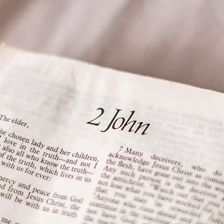
2 John
This is a single-part Bible study on the book of 2 John by Steve Gregg. In it, he examines the authorship and themes of the letter, emphasizing the im

Exodus
Steve Gregg's "Exodus" is a 25-part teaching series that delves into the book of Exodus verse by verse, covering topics such as the Ten Commandments,
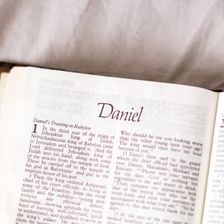
Daniel
Steve Gregg discusses various parts of the book of Daniel, exploring themes of prophecy, historical accuracy, and the significance of certain events.
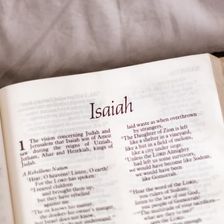
Isaiah
A thorough analysis of the book of Isaiah by Steve Gregg, covering various themes like prophecy, eschatology, and the servant songs, providing insight
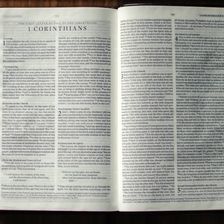
1 Corinthians
Steve Gregg provides a verse-by-verse exposition of 1 Corinthians, delving into themes such as love, spiritual gifts, holiness, and discipline within
More on OpenTheo
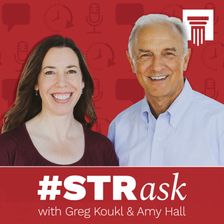
How Can I Showcase God’s Goodness When I’m Struggling in My Suffering?
#STRask
September 8, 2025
Questions about how to showcase God’s goodness when we’re really struggling in our suffering, an explanation of God’s response at the end of the book
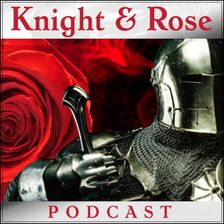
Lora Ries: Border Security and Immigration Policy
Knight & Rose Show
December 7, 2025
Wintery Knight and Desert Rose welcome Lora Ries to discuss border security and immigration policy. They explore Biden's policy changes, like ending R
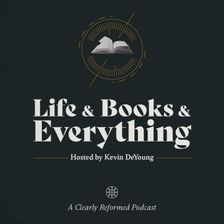
Christmas Cranks and Christmas Blessings with Justin Taylor and Collin Hansen
Life and Books and Everything
December 17, 2025
If you are looking for a podcast where three friends talk about whatever they want to talk about and ramble on about sports, books, and grievances, th

Are You Accursed If You Tithe?
#STRask
December 15, 2025
Questions about whether anyone who tithes is not a Christian and is accursed since Paul says that if you obey one part of the Mosaic Law you’re obliga

The Heidelberg Catechism with R. Scott Clark
Life and Books and Everything
November 3, 2025
You may not think you need 1,000 pages on the Heidelberg Catechism, but you do! R. Scott Clark, professor at Westminster Seminary California, has writ

John Thomson and the Shaping of American Presbyterianism with Stephen A. Fix
Life and Books and Everything
September 29, 2025
If you are looking for a deep dive into the history of early American Presbyterianism, you have come to the right place! Listen in as Kevin talks with

Life and Ministry in Charlotte and in the SBC with Clint Pressley
Life and Books and Everything
December 15, 2025
In a rare cultural anomaly that may never be repeated in our lifetimes, the current SBC President and current PCA Moderator live in the same neighborh

How Did a Fisherman Write the Book of Peter?
#STRask
September 18, 2025
Questions about how a fisherman could have written the book of Peter, why people say that not mentioning the destruction of the temple indicates an ea

Could the Writers of Scripture Have Been Influenced by Their Fallen Nature?
#STRask
October 23, 2025
Questions about whether or not it’s reasonable to worry that some of our current doctrines were influenced by the fallen nature of the apostles, and h

How Would You Convince Someone That Evil Exists?
#STRask
November 17, 2025
Questions about how to convince someone that evil exists, whether Charlie Kirk’s murder was part of God’s plan, whether that would mean the murderer d

Is 1 Corinthians 12:3 a Black-and-White Tool for Discernment?
#STRask
October 27, 2025
Questions about whether the claim in 1 Corinthians that “no one can say ‘Jesus is Lord’ except in the Holy Spirit” is a black-and-white tool for disce

What Tools of Reasoning Help You Know What’s True, Right, and Good?
#STRask
December 4, 2025
Question about what tools of reasoning help us determine whether something is true or false, right or wrong, good or bad before bringing Scripture int

How Can I Explain Modesty to My Daughter?
#STRask
November 27, 2025
Questions about how to explain modesty to a nine-year-old in a way that won’t cause shame about her body, and when and how to tell a child about a pre

What About Those Who Never Heard the Name of Jesus?
#STRask
December 22, 2025
Questions about what will happen to those who never heard of Jesus or were brought up in a different faith, whether there’s biblical warrant to think

How Do I Reconcile the Image of God as Judge with His Love, Grace, and Kindness?
#STRask
October 20, 2025
Questions about how to reconcile the image of God as a judge with his love, grace, and kindness, why our sins are considered to be sins against God, a